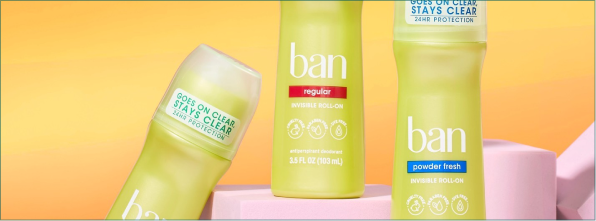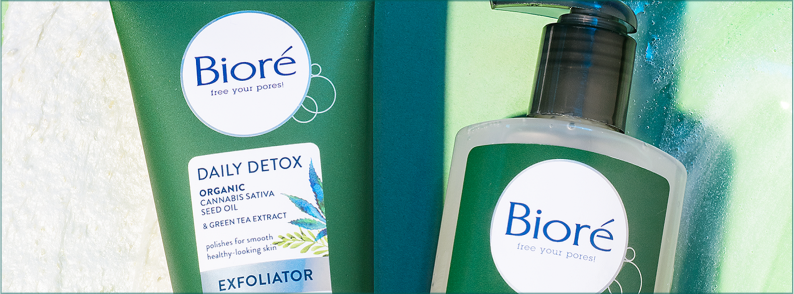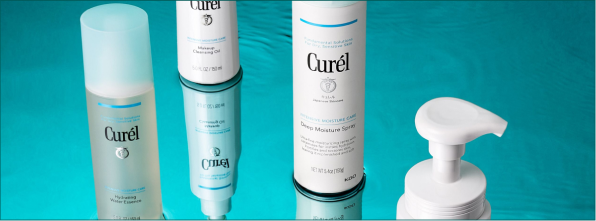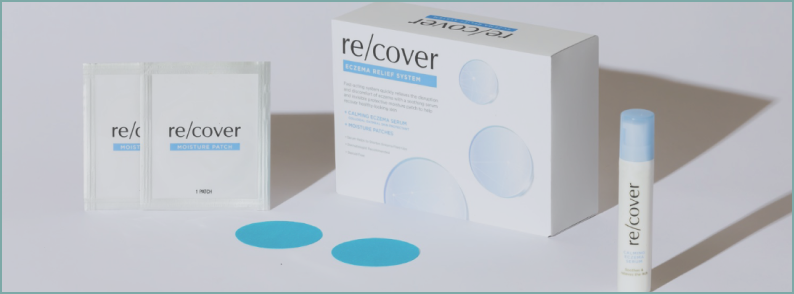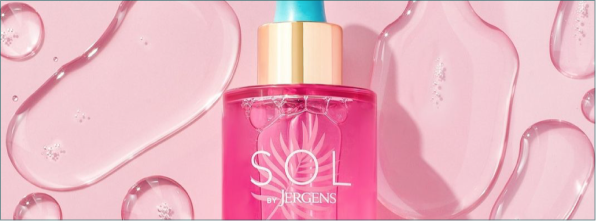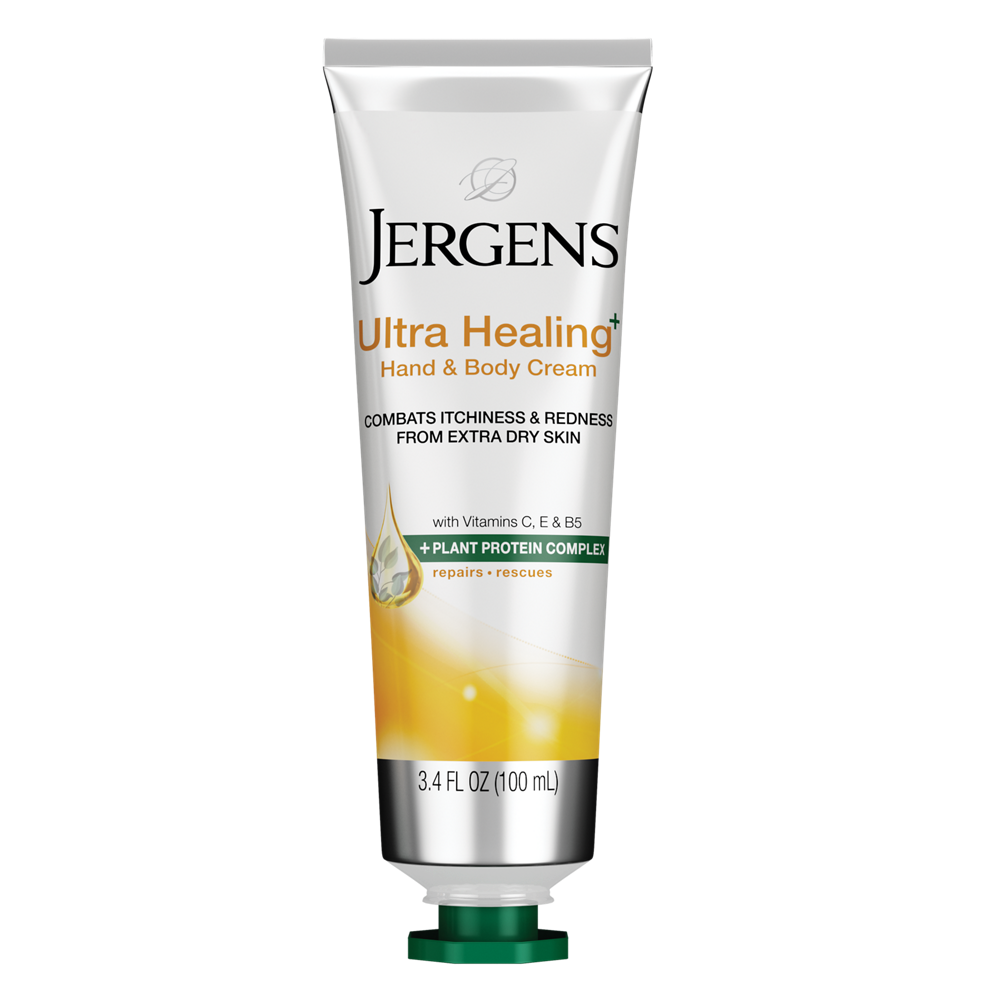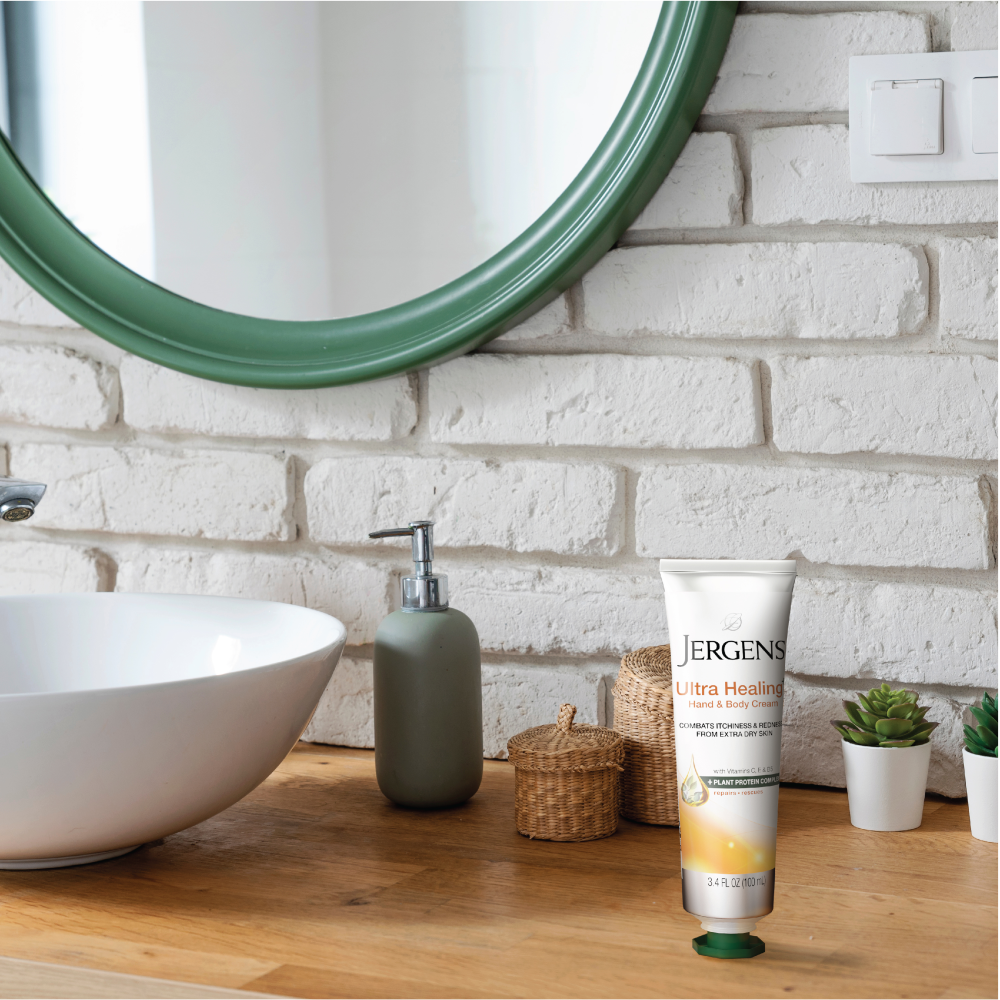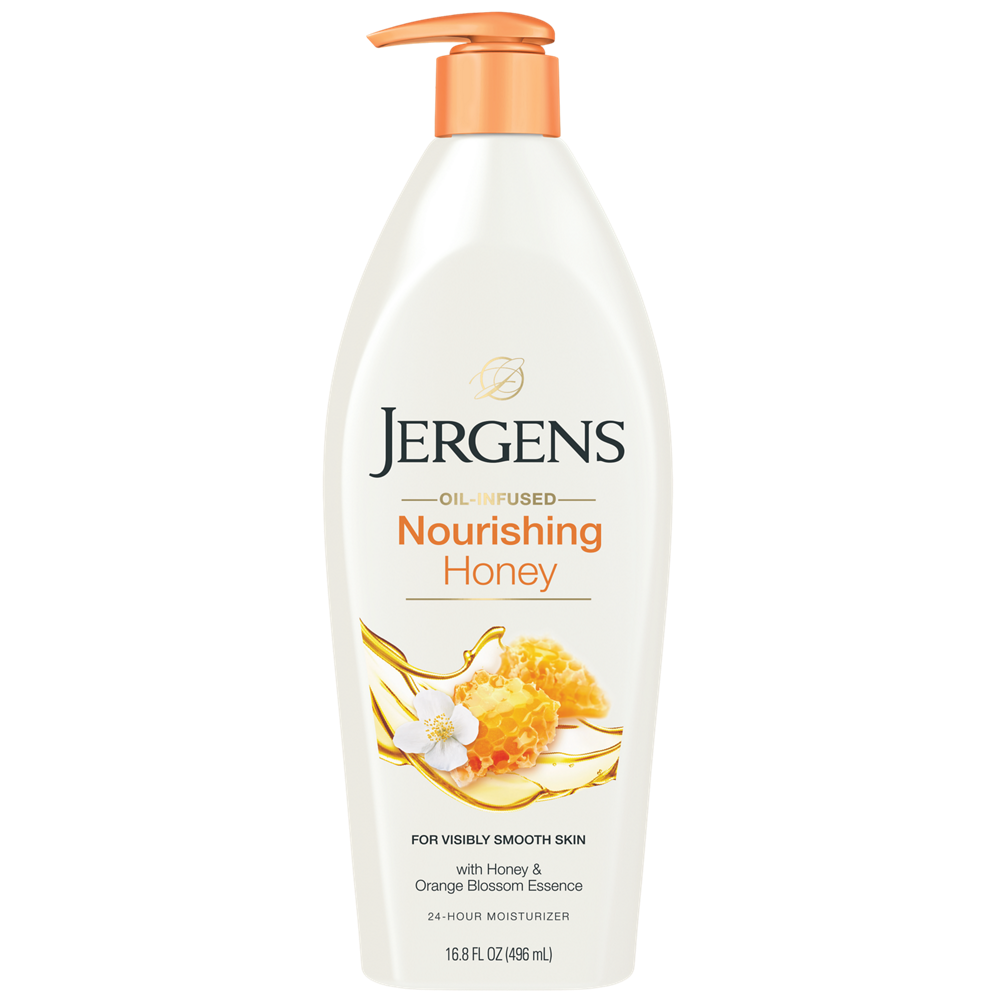What Is Dry Itchy Skin?

Xerosis (dry skin) and pruritus (itchy skin) are symptoms rather than diseases in themselves. While each can occur separately, they also frequently occur together. Dermatitis is a term for skin that has become inflamed with a rash. Severe itching and dryness of the skin can lead to dermatitis, or dermatitis can cause the skin to become itchy and dry.
Contact dermatitis is a possible cause of dry itchy skin. It occurs when the skin touches something that irritates it, such as harsh chemicals or something it is allergic to, such as poison ivy or wool. The difference between an irritant and an allergen is allergens are generally harmless substances except for those that have an inborn sensitivity to it, while an irritant provokes the same reaction in anyone who comes in contact with it.
Skin disorders, such as psoriasis or eczema, can cause pruritus, xerosis, and dermatitis. Psoriasis is a condition that causes an overproduction of skin cells, which become inflamed and itchy as they pile up on the skin.
There are several different types of eczema. The most common is atopic dermatitis, which is thought to be caused by a genetic variation that affects the skin's ability to provide adequate protection from allergens, bacteria, and irritants. Another common type is dyshidrotic eczema. This type occurs mainly on the hands and feet and can be seasonal, appearing in the spring and summer and resolving in the fall, only to reappear the next year as the weather warms up again. The cause of dyshidrotic eczema is not known, although it often occurs in the setting of hayfever or similar allergies.
Exposure to certain stimuli can act as a trigger for eczema symptoms. If you can figure out what triggers your symptoms, avoiding your triggers can help you manage your condition.
What Causes Dry Itchy Skin?
Apart from the skin disorders, xerosis, and pruritus can be symptoms of other medical conditions, such as diabetes, kidney disease, thyroid problems, or mental disorders. In addition, nerve damage, brain tumors, or neurodegenerative conditions such as multiple sclerosis can send mistaken signals of itchiness in the skin. Pruritus can also be a side effect of certain medications.
However, an underlying medical condition does not always cause dry itchy skin. Environmental and other factors can play a part as well:
1. Dehydration
A layer of fats and oils equips your skin with an impermeable barrier that water cannot cross. This layer helps to hold moisture in your skin. However, there are many things that can strip away that protection. A few examples include:
- Water, especially hot water
- Harsh soap that strips skin’s natural oils
- Chemicals, such as chlorine in swimming pools
- Not drinking enough water
Dry skin can be part of the aging process. Over time, the skin produces less oil that forms the protective barrier that keeps moisture in the skin. Hormonal changes in women may also have an effect.
3. Dry Air
When the air is dry, your skin loses moisture more quickly, resulting in dry skin that may also feel itchy. In desert climates, this can be a problem when the weather is dry and hot. In colder climates, air tends to be drier in the winter.
4. Hard Water
Hard water contains a high concentration of dissolved chemicals, such as calcium and magnesium. These materials can thicken the oils on your skin to form a denser layer that can interfere with the absorption of moisturizers.
What Other Symptoms Are Associated With Dry Itchy Skin?
The symptoms associated with dry itchy skin depend on what is causing it. Dry skin may feel as though it is stretched tightly over your bones and muscles. It may feel rough to the touch and appear ashy or gray in appearance. Itchy skin can appear red, either because of a rash-causing the itch or because scratching irritates and inflames the skin.
The skin may become scaly and start flaking or peeling off if the itchiness and dryness are due to a skin condition, such as eczema or psoriasis eczema is characterized by small, fluid-filled blisters that first break open and ooze, then crust over.
Dry skin — whether it is caused by eczema, psoriasis, or another factor— can form cracks called fissures. These fissures can keep getting deeper and start to bleed without treatment to prevent cracking. In addition, skin that is cracked from dryness or broken open from itching could allow bacteria to get in, leading to a skin infection.
What Can You Do About Dry Itchy Skin?
Shop Ultra Healing Cream for Dry Skin
Here are some recommendations to either treat existing dry itchy skin or prevent it from occurring in the first place:
1. Protect skin from chemicals
Chemicals used for household cleaning, such as bleach, detergent, and disinfectant, can all strip protective oils from your hands. Protect your skin by wearing gloves while you do housework.
2. Use moisturizer after swimming at the pool
The chlorine used to keep swimming pools clean can also strip your skin of its protection. After you swim, you should always shower to rinse off all the chlorine. While your skin is still damp, use a wet-skin moisturizer like Jergens’ Wet Skin Moisturizer with Hydrating Coconut Oil to lock in the moisture and replenish your skin.
3. Keep baths and shower warm
Though relaxing, long, hot soaks in the tub can be harsh on your skin. Make your showers or baths shorter and keep the water warm rather than hot. See this page for more tips on preventing dry skin after showering or bathing..
4. Use a moisturizing hand wash
Choose cleansers formulated to clean and moisturize your skin. Try Jergens’ Cherry Almond Extra Moisturizing Liquid Hand Wash to nourish your hands while maintaining good hygiene and disease prevention..
5. Take an oatmeal bath
Soothe your skin with an oatmeal bath. The benefits of oats for easing dry and itchy skin have been recognized for decades as a natural treatment. Use your food processor or blender to grind two cups of oats, then add to your bathtub and soak for 15 minutes.
6. Use hand lotion
While you probably only take a shower once a day, you typically have to wash your hands several times, especially if required by your job. Therefore, your hands are prone to more severe dryness than other parts of your body. If the skin of your hands is severely dry, use hand lotion to soothe and nourish them, or you can try Jergens’ relaxing Lavender Body Butter.
7. Select a moisturizing hand sanitizer
Hand sanitizers are an excellent way to keep your hands clean and prevent the spread of disease, especially when there is no water available. However, they typically include ingredients that can dry your skin. Instead, choose hand sanitizers with moisturizing ingredients.
Shop Nourishing Moisturizer
8. Make moisturizing a habit
You can prevent dry skin by making moisturizing part of your daily routine, not just something you do when you have symptoms. Once you choose your favorite moisturizer, get into the habit of regular use.
9. Use body balm
Extremely dry skin can form patches on your body. Use body balm on patches of dry skin. If you find that you have rough, dry patches forming specifically on your knees or elbows, here are some specific suggestions on how to deal with them.
10. Stay warm
Exposure to cold, dry air in winter can cause your skin to lose moisture more quickly. Protect yourself by bundling up in layers of warm clothing, such as thick socks and gloves.
In many cases, finding the right moisturizing products for your skin and using them consistently to prevent moisture loss is sufficient to solve your dry skin problem. However, if it persists, it may be a sign of a more serious medical problem. Talk to your doctor or dermatologist about what could be causing your dry skin and how to treat it, especially if it lasts more than a few months or interferes with your daily activities.
